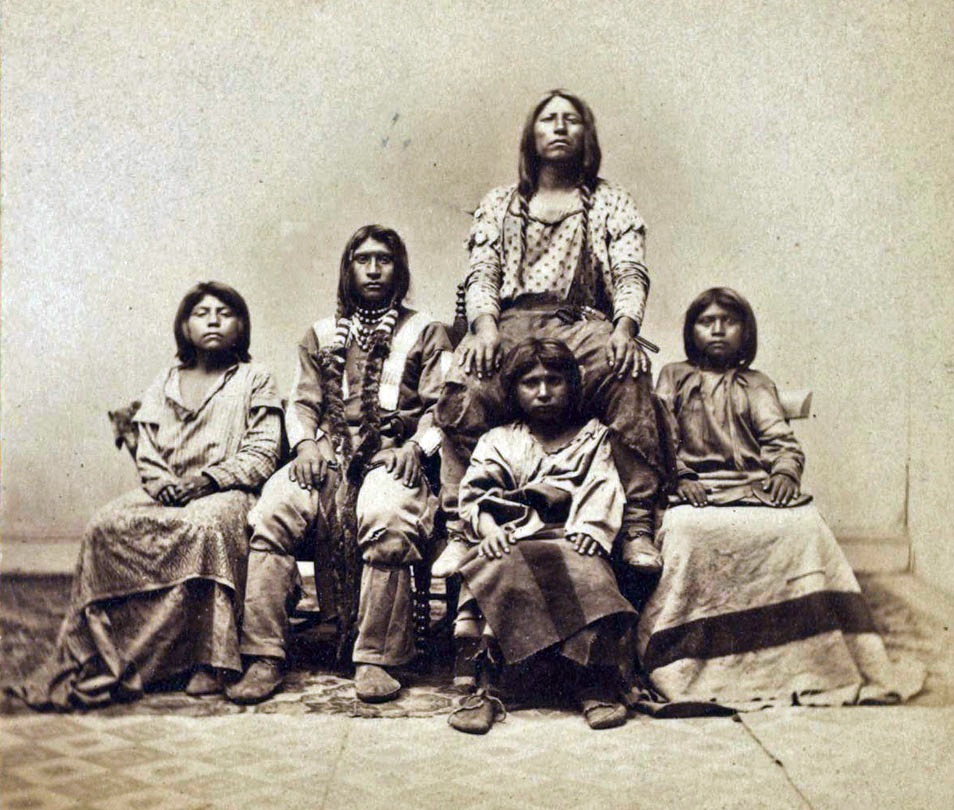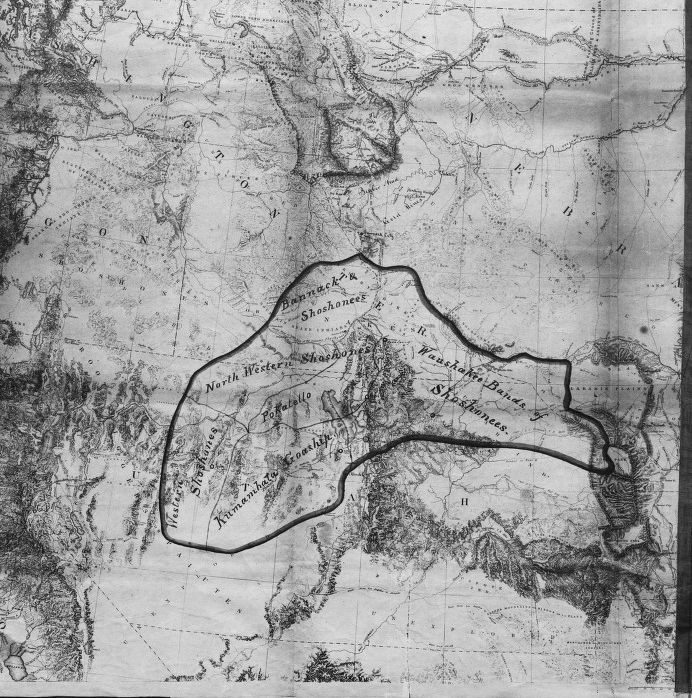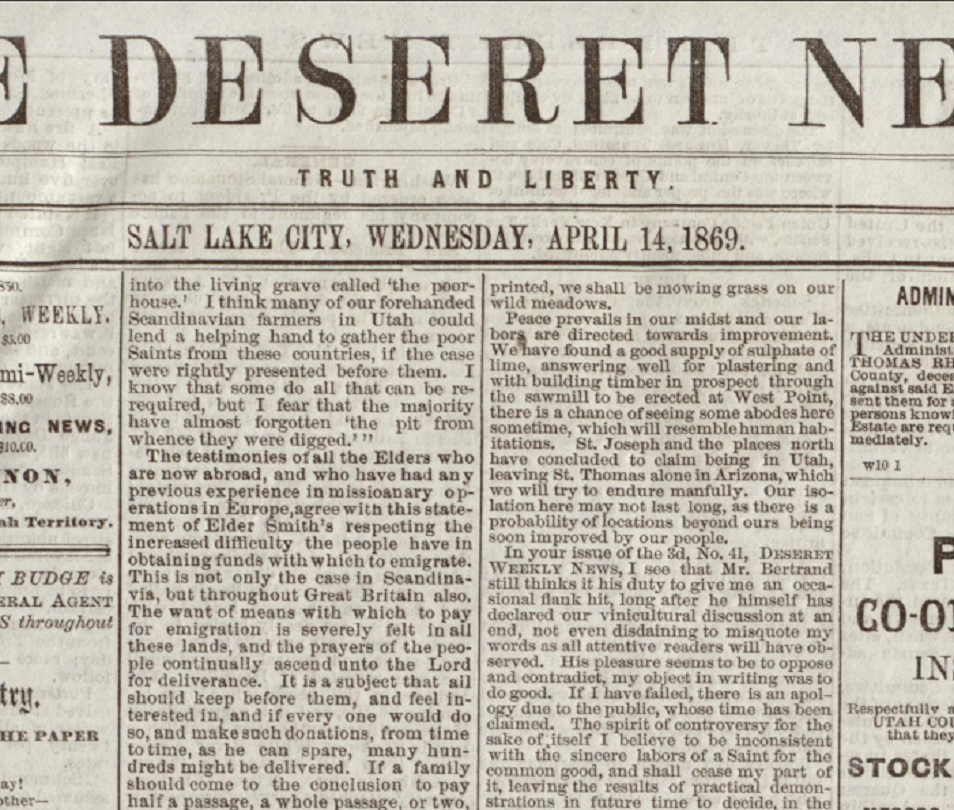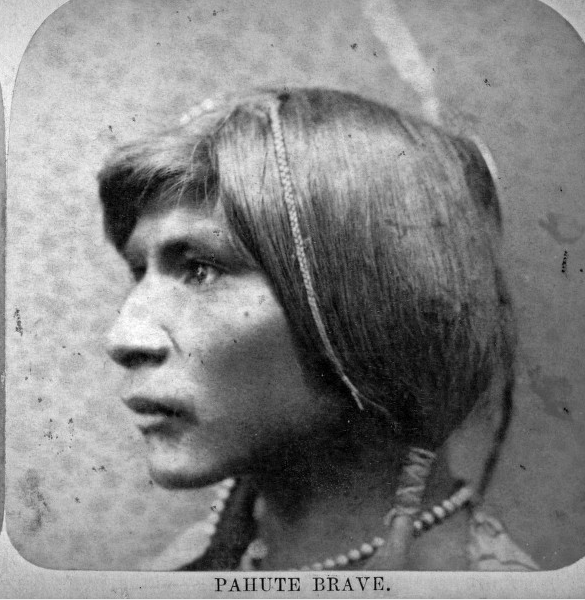This site offers a collection of documents, stories, and photographs relevant to the misnamed Weber Ute people of Northern Utah.
The “Weber Utes” (who seem to have really been mostly Northwestern Shoshone and Goshute people) lived in some of the most significant areas of Mormon pioneer settlement — including Weber, Davis, and Salt Lake counties. Yet they remain largely absent from histories, or relegated to the footnotes, even after over 170 years since the arrival of the pioneers.
These people were among those most severely harmed and displaced by colonization in Utah. Given Utah’s enthusiasm for its own history, and a predominant religion which claims to have benevolent interest in American Indian peoples, the silence is telling.
Most of the sources on this site were written by contemporary Mormon or American authors. Taken alone, they can only offer a one-sided, heavily prejudiced, and fragmented version of events. Much is probably unreliable, due to the authors’ poor understanding of the people they observed. These records cannot provide an accurate picture of who the “Weber Utes” really were, and should be perused with caution. They are compiled here as a research aid, not as a complete history. See the “About” section.
Not all information here will be about the “Weber Utes” either; other Native individuals and groups who lived or traveled in this area will also be included. The imprecise reporting of Euro-American observers makes this inevitable. It’s also necessary since some events had far-reaching consequences for all people across the Wasatch Front and beyond. Much will be relevant to other bands of Northwestern Shoshone and Goshute people, as well as Utah Valley Utes.
Recently Added: See blog for latest updates.
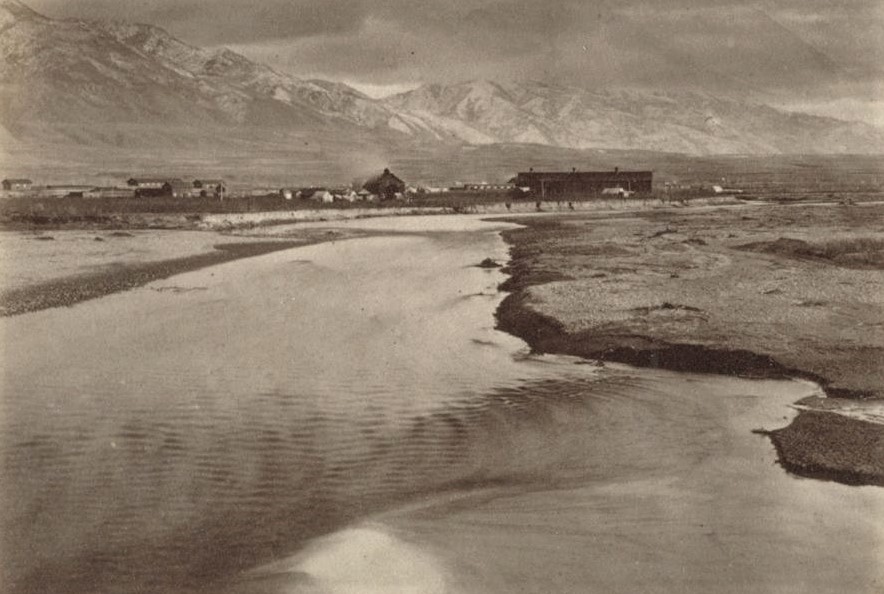
“The Cum-umbahs (or Weber Utes) This is a band controlled by chiefs Amoosh, Tetich, and To-tads (Little Soldier), with two or three subchiefs. They are mixed-bloods of the Utes and Shoshonees, and range in the region of Salt Lake, Weber, and Ogden valleys, in Northern Utah, and number about eight hundred.” – O.H. Irish, Superintendent of Indian Affairs, to D.N. Cooley, Commissioner of Indian Affairs, dated Great Salt Lake City, September 9, 1865
“The Northwestern Band of the Shoshone Nation is a branch of the larger group of Shoshone people that traditionally lived in Utah, Idaho, Wyoming, and Nevada. When whites began encroaching on the area that is now Utah in the 1840s, three different groups of Northwestern Shoshones lived here. The misnamed Weber Utes lived in Weber Valley near present-day Ogden, Utah.” – From “A Brief History of Utah’s Northwestern Shoshones,” We Shall Remain: Utah Indian Curriculum Guide
“…Some twenty years ago the Shoshonees claimed a small tract at the mouth of Weber upon which there is now a settlement, but abandoned it as the Buffalo receded, and it has since been held by the Cumembahs or Snake Diggers who united by marriage with a broken off band of Shoshonees which the Shoshone Indians do not claim as at all belonging to their nation.” – Brigham Young, Superintendent of Indian Affairs, to Luke Lea, Commissioner of Indian Affairs, dated Great Salt Lake City, May 28, 1852
“Little Soldier was a chief of the ‘Weber Utes,’ which were actually a branch of the Northwestern Shoshone Tribe. He was a contemporary of Chief Three Bear and Chief Pocatello, who led other branches of the tribe. Chief Little Soldier’s tribe lived in areas around the Weber River and north end of Great Salt Lake, according to historian Brigham Madsen.” – Deseret News, “Project to Protect Grave Warms Shoshone Hearts,” July 8, 1989
“To Soldier & his Band. As James Brown your Kind friend and mine, is to start tomorrow to go north and see you, I have thought that you would be pleased to hear from me, and also to show you that I am not unmindful of you and my brethren the Utes who used to be in your band when you used to hunt….” – Brigham Young to Little Soldier, dated Great Salt Lake City, December 27, 1854

